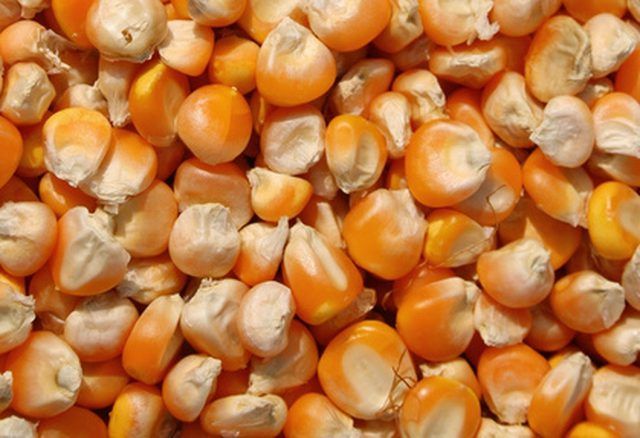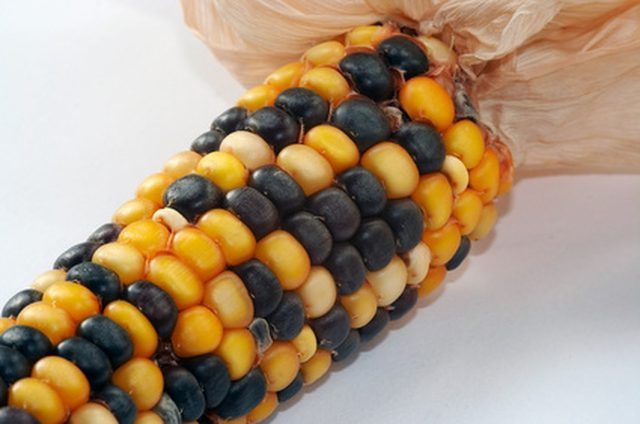Bulbs
Flower Basics
Flower Beds & Specialty Gardens
Flower Garden
Garden Furniture
Garden Gnomes
Garden Seeds
Garden Sheds
Garden Statues
Garden Tools & Supplies
Gardening Basics
Green & Organic
Groundcovers & Vines
Growing Annuals
Growing Basil
Growing Beans
Growing Berries
Growing Blueberries
Growing Cactus
Growing Corn
Growing Cotton
Growing Edibles
Growing Flowers
Growing Garlic
Growing Grapes
Growing Grass
Growing Herbs
Growing Jasmine
Growing Mint
Growing Mushrooms
Orchids
Growing Peanuts
Growing Perennials
Growing Plants
Growing Rosemary
Growing Roses
Growing Strawberries
Growing Sunflowers
Growing Thyme
Growing Tomatoes
Growing Tulips
Growing Vegetables
Herb Basics
Herb Garden
Indoor Growing
Landscaping Basics
Landscaping Patios
Landscaping Plants
Landscaping Shrubs
Landscaping Trees
Landscaping Walks & Pathways
Lawn Basics
Lawn Maintenance
Lawn Mowers
Lawn Ornaments
Lawn Planting
Lawn Tools
Outdoor Growing
Overall Landscape Planning
Pests, Weeds & Problems
Plant Basics
Rock Garden
Rose Garden
Shrubs
Soil
Specialty Gardens
Trees
Vegetable Garden
Yard Maintenance
Corn Seed Information
Corn Seed Information. Corn has been grown in North America for thousands of years. A staple of American farms, it outranks other crop yields by twofold. Seeds may be categorized as dent, flint, sweet, popcorn, or ornamental, among others. An average ear will contain 800 seeds, or kernels, and there are approximately 1,300 kernels per pound of...

Corn has been grown in North America for thousands of years. A staple of American farms, it outranks other crop yields by twofold. Seeds may be categorized as dent, flint, sweet, popcorn, or ornamental, among others. An average ear will contain 800 seeds, or kernels, and there are approximately 1,300 kernels per pound of corn.
Composition
A corn seed, or kernel, is made up of the germ, endosperm, pericarp and tipcap. The germ is the only part that is still living. It carries necessary genetic codes and vital nutrients. The endosperm makes up the bulk of the corn seed and contains starch to supply food during germination. Endosperms may be soft or hard, depending upon how densely the starch is compacted. The pericarp, or hull, covers the seed and protects it, except for the area where the tip cap allows the seedling to emerge.
Sweet Corn
Favored by gardeners, sweet corn (Zea saccharata or Zea mays rugosa), is thought to be a dent corn mutation. There are four types of sweet corn seed available. Standard sweet kernels have a high percentage of sugar, which converts to starch within hours of harvesting. Sugar-enhanced varieties may retain sweetness for several days. Supersweet corn stays sweet for a week or more. Triplesweet is a cross between sugar-enhanced and supersweet. It displays the best characteristics of both.
Other Corns
Dent corn (Zea mays indentata), provides animal feed, ethanol and many other products. The name refers to an indentation formed in the kernel during the drying process. Flint corn (Zea mays indurate) is used in the same manner as dent corn. The seed kernels are flat and have a hard shell.
Popcorn was cultivated in North America as far back as 3600 B.C. The seed contains a large amount of starch, and the water within the kernel reacts with this starch during the heating process. The popped kernels have up to 35 times the volume exhibited before popping.

Heirloom Varieties
Heirloom corn seeds are open-pollinated, non-hybrids. They can be saved from the parent plant and will grow true from generation to generation. These seeds are prized for the biodiversity that they represent. One favorite heirloom variety is Country Gentleman, a sweet corn with small ears that produce average-size kernels. Another heirloom, Jarvis, is a dent corn that often yields a bumper crop.
Considerations
Fresh corn seed should always be used, since kernel germination drops after a year or two in storage. The ideal soil temperature is 85 degrees F. In temperatures below 50 F, seed will not germinate. If moisture invades the kernel before temperatures rise, the seed will rot before germination is achieved. Plant corn in blocks rather than long rows and avoid planting downwind of other varieties of corn, since cross-pollination is likely to occur.